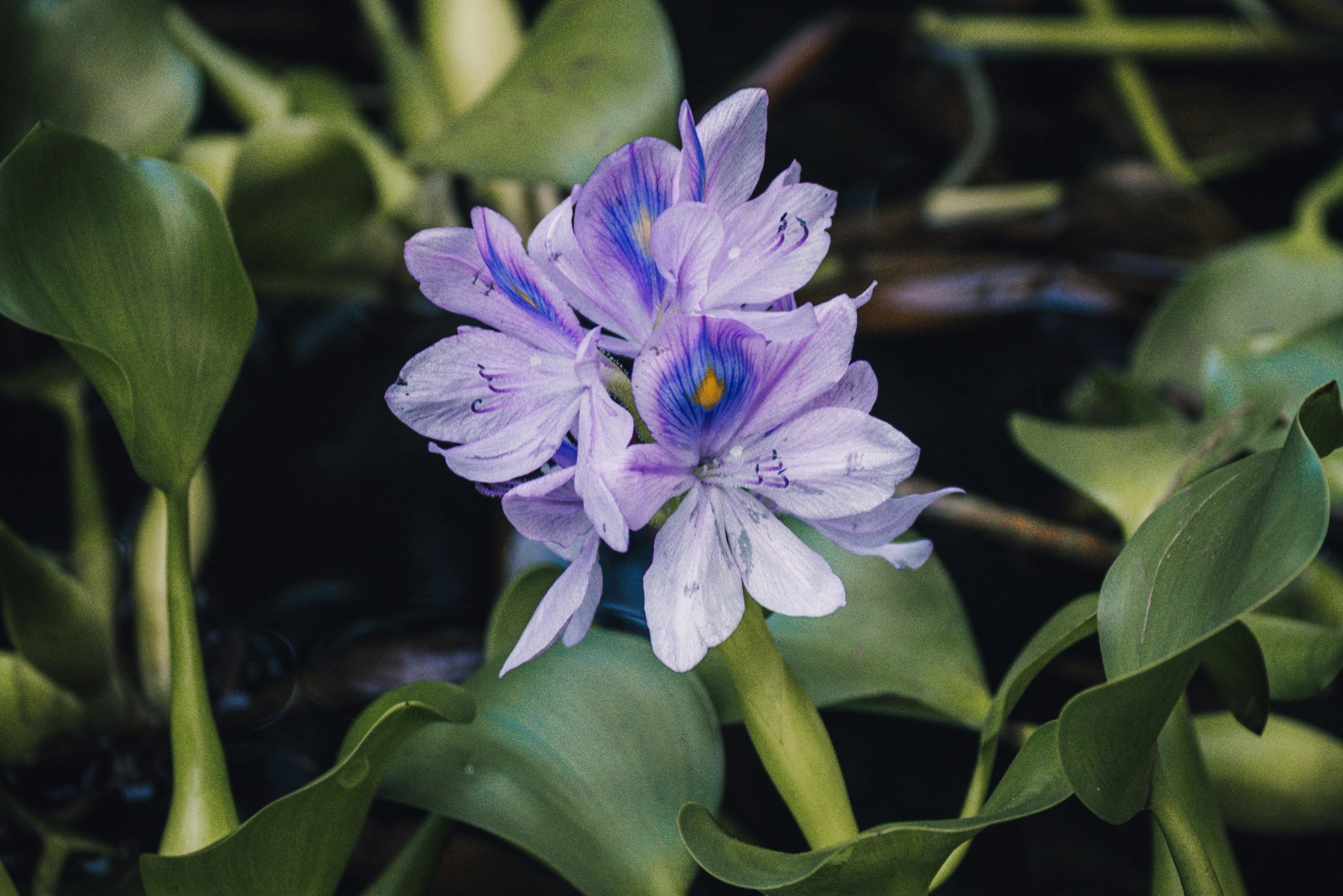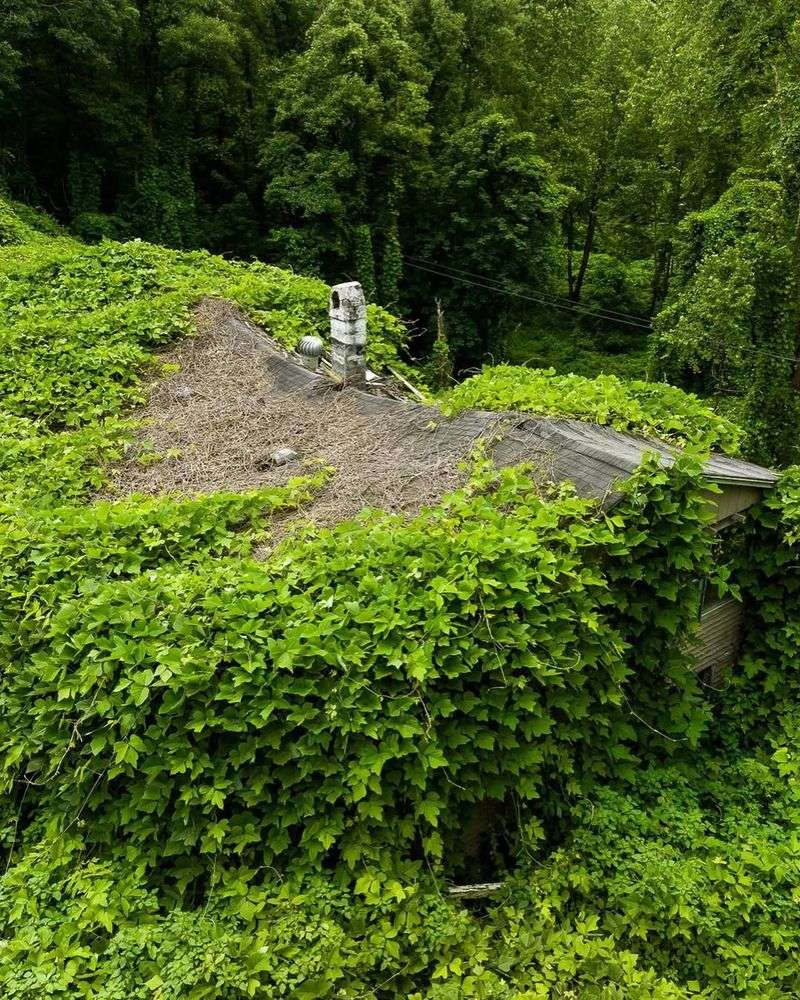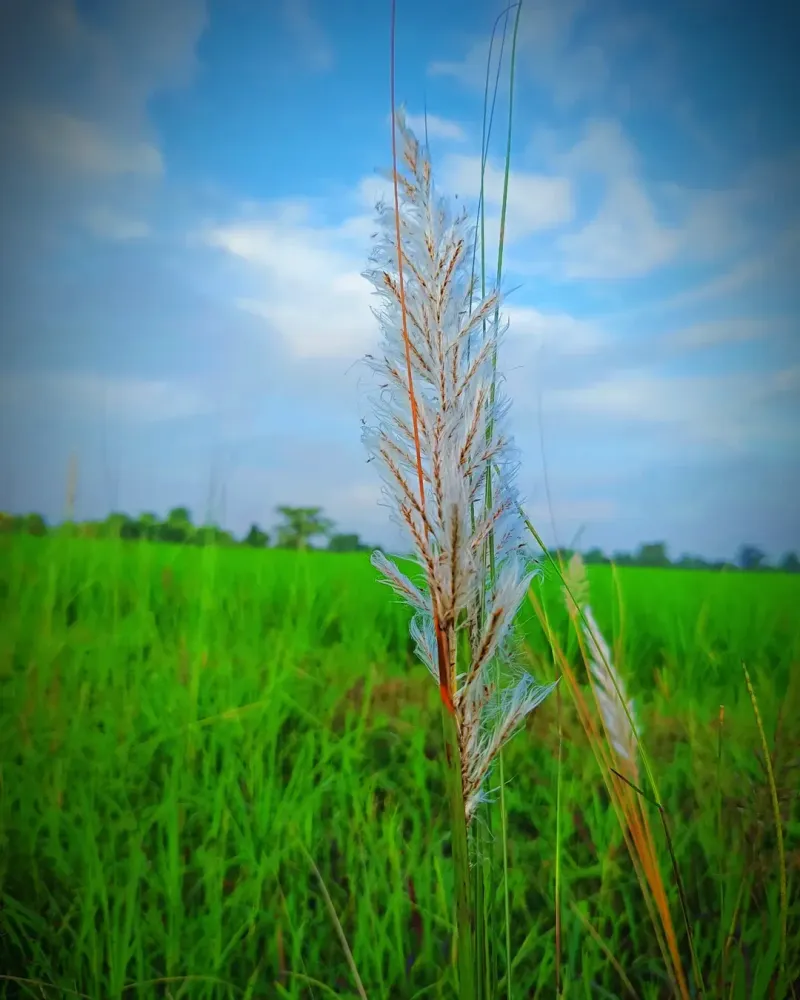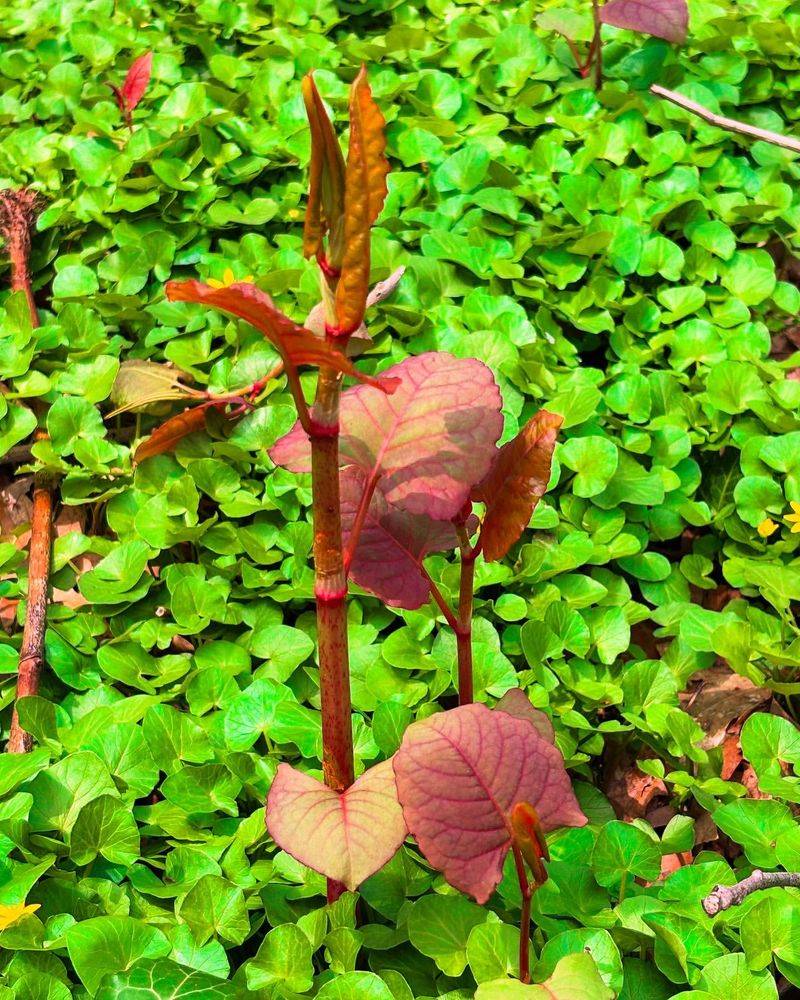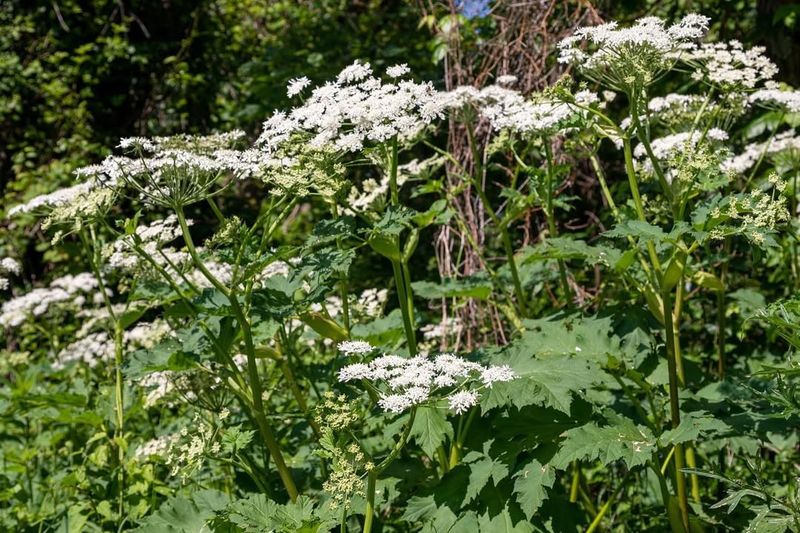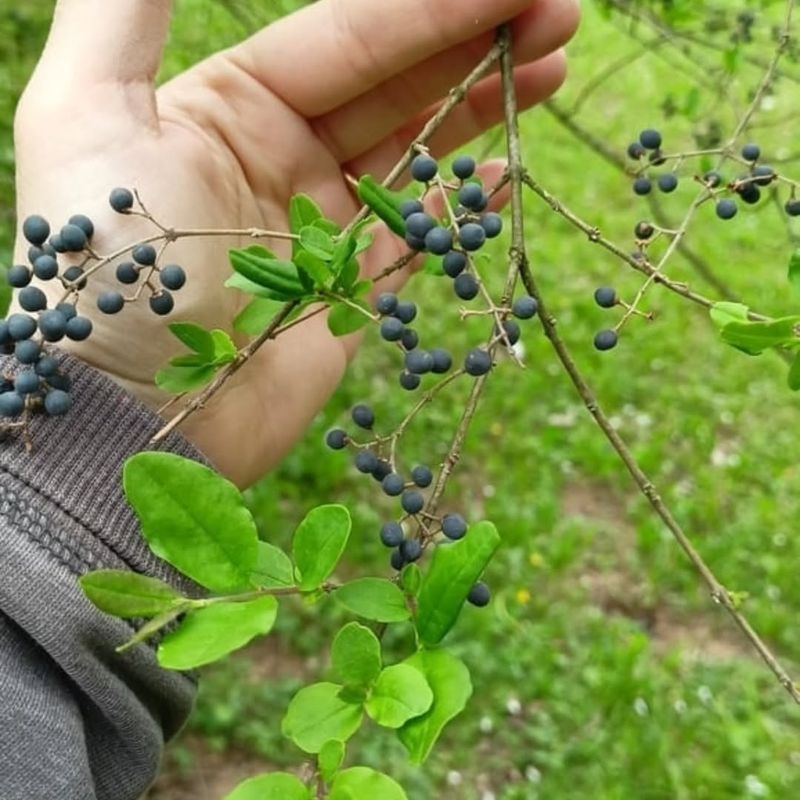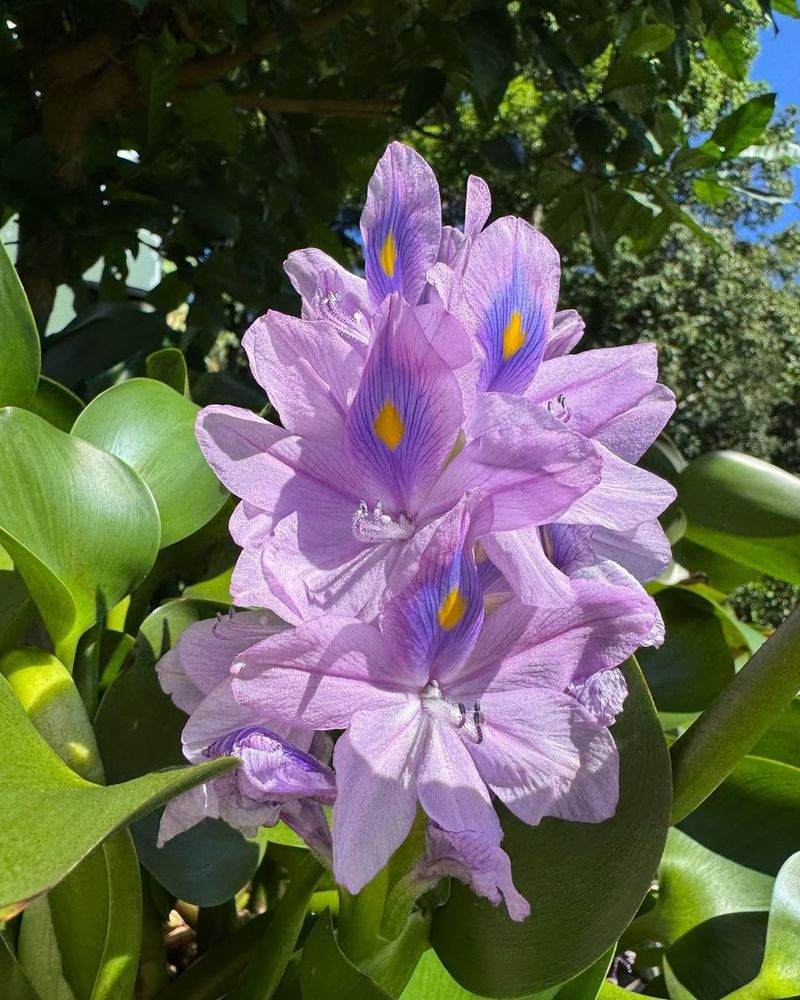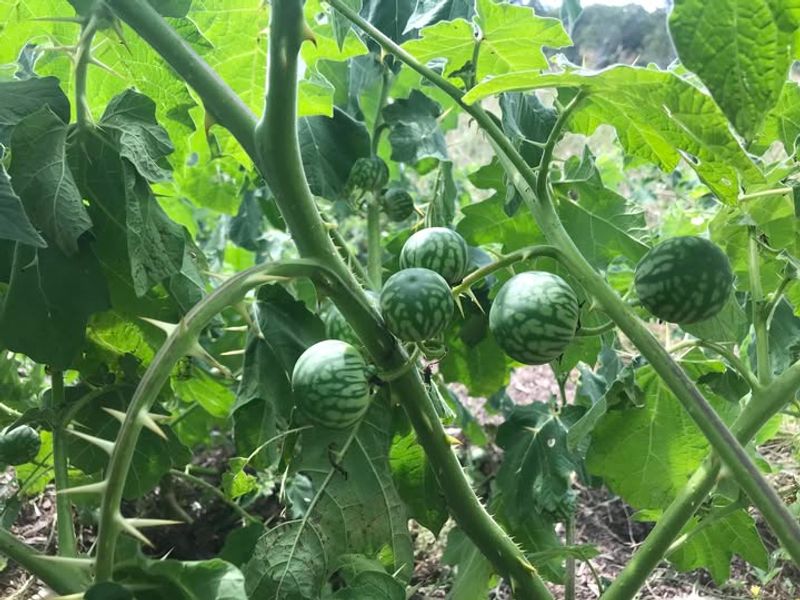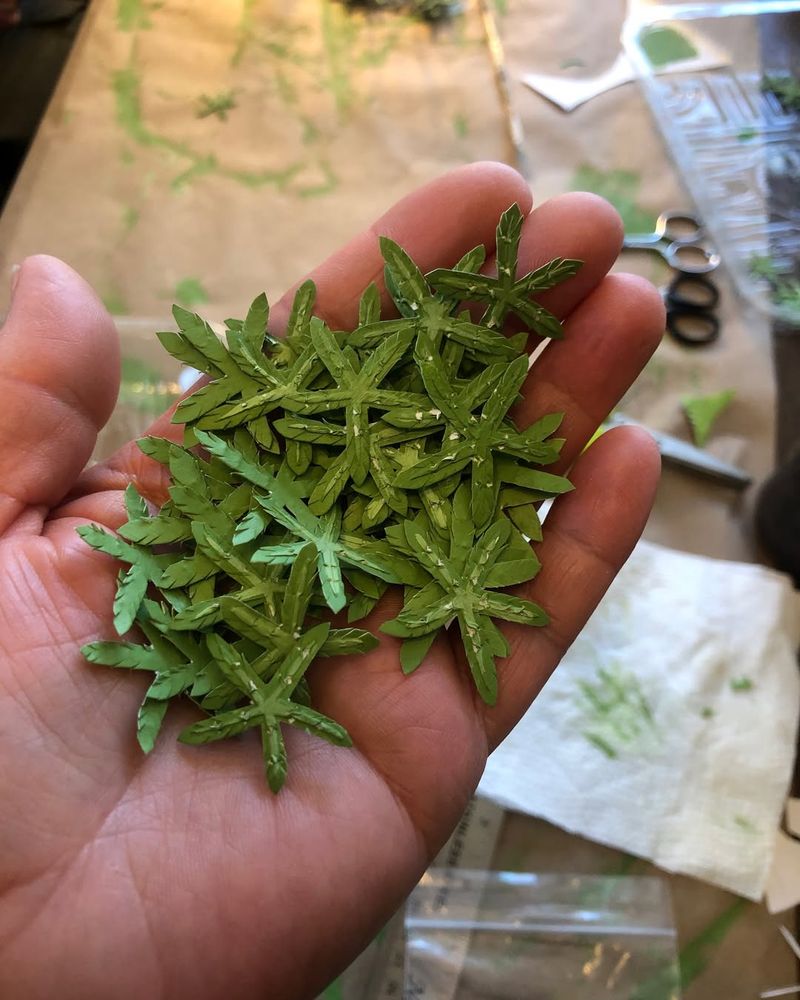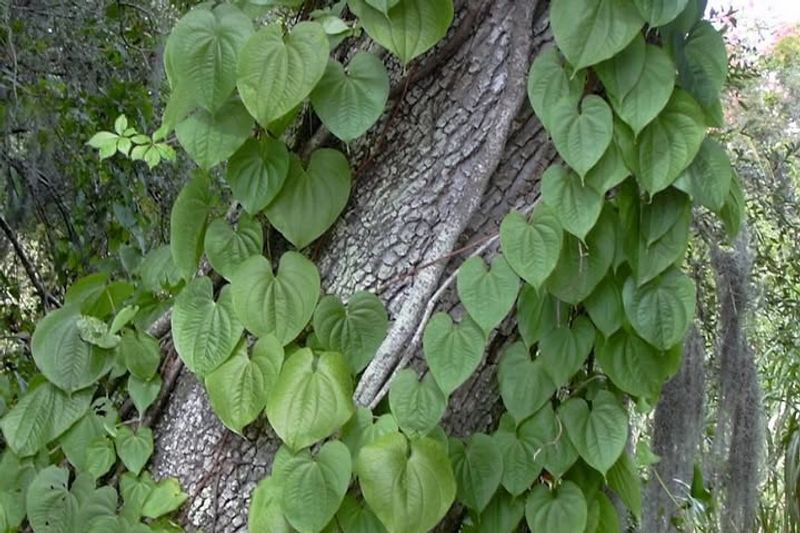A plant from a neighbor’s yard may look harmless at first glance. Yet a few species in Georgia carry serious ecological consequences once they escape cultivation. Their roots expand fast, their seeds travel far, and their growth rate surpasses native competitors with ease.
State officials classify these plants as invasive threats and restrict movement across property or county boundaries. A little knowledge prevents accidental damage and legal trouble.
1. Kudzu
Kudzu earned the nickname “the vine that ate the South” for good reason. Originally brought from Japan to control erosion, it now smothers everything in its path, growing up to a foot per day during summer.
Entire forests disappear under its thick blankets of leaves. Power lines get weighed down, and buildings become hidden beneath green walls.
Moving this aggressive climber anywhere in Georgia violates state law because it destroys native habitats and costs millions in damage control each year.
2. Cogongrass
Sharp-edged blades make cogongrass dangerous to touch, but its real threat lies underground. Root systems dig three feet deep, making removal nearly impossible without professional help.
Farmers despise it because livestock refuse to eat the tough grass. Wildlife can’t use it for food or shelter either.
Fire actually helps it spread by killing competing plants while its roots survive. Georgia banned transportation of cogongrass to prevent further agricultural and environmental devastation across the state.
3. Japanese Knotweed
Bamboo-like stems fool people into thinking Japanese knotweed looks harmless or even decorative. Don’t be fooled by its appearance, though.
Roots can crack concrete foundations, break through asphalt driveways, and damage underground pipes. A tiny piece of root left in soil can sprout a whole new colony.
Property values drop when this invader takes hold because removal costs thousands of dollars. Georgia prohibits moving it to protect homes, infrastructure, and native plant communities from its destructive growth patterns.
4. Giant Hogweed
Standing up to 14 feet tall, giant hogweed looks impressive but hides a dangerous secret. Sap from its stems and leaves contains toxic chemicals that cause severe skin burns when exposed to sunlight.
Children often mistake it for a fun plant to play with, leading to painful blisters and scars. Even touching it on cloudy days can cause reactions.
Georgia law prohibits transporting this hazardous plant to prevent injuries and protect citizens from its phototoxic properties that can blind people.
5. Chinese Privet
Walk through Georgia forests and you’ll likely spot dense thickets of Chinese privet blocking the understory. Birds spread its seeds everywhere after eating the small berries.
Native wildflowers can’t grow in its shade, and deer find little food value in its leaves. Stream banks erode faster when privet replaces deep-rooted native plants.
Forestry experts spend countless hours removing it from public lands. Transportation bans help slow its spread to new areas where it would quickly dominate the landscape.
6. Water Hyacinth
Beautiful purple flowers attract gardeners to water hyacinth, but this floating menace doubles its population every two weeks. Dense mats cover entire ponds, blocking sunlight from reaching underwater plants.
Fish suffocate when oxygen levels drop beneath the thick blankets. Boat propellers get tangled in the masses, and swimming becomes impossible.
Mosquitoes thrive in the stagnant water it creates. Georgia banned moving water hyacinth to keep waterways clear, fisheries healthy, and recreational areas accessible to everyone.
7. Tropical Soda Apple
Cattle ranchers consider tropical soda apple their worst nightmare. Sharp thorns cover every part of the plant, making pastures unusable for grazing animals.
Each plant produces thousands of seeds that remain viable in soil for years. Wildlife and livestock spread seeds through their droppings, creating new infestations miles away.
Hay contaminated with its seeds becomes worthless because horses and cows won’t eat near the prickly invader. Georgia’s transport ban protects valuable farmland from this aggressive, spiny pest.
8. Hydrilla
Nicknamed “the perfect aquatic weed,” hydrilla adapts to almost any water condition and outcompetes every native plant. Tiny fragments break off and float downstream to start new colonies.
Lakes become choked with vegetation that tangles fishing lines and clogs water intake pipes. Lakefront property loses value when swimming areas become unusable.
Treatment costs taxpayers millions annually. Georgia made transporting hydrilla illegal because even accidental movement on boat trailers can infest pristine waters with this unstoppable aquatic invader.
9. Alligator Weed
White pom-pom flowers might seem cute, but alligator weed creates serious problems in ditches, ponds, and wetlands. Hollow stems let it float on water surfaces while also rooting in mud.
Dense mats slow water flow in irrigation canals, causing flooding in nearby fields. Native wetland plants get shaded out, leaving less food for waterfowl.
Fragments spread easily during floods or on equipment. Georgia’s transportation ban aims to contain existing populations and prevent spread to uninfested waterways critical for agriculture and wildlife.
10. Air Potato
Vines that grow eight inches daily sound like science fiction, but air potato makes it reality. Heart-shaped leaves create heavy curtains that pull down trees and shrubs under their weight.
Potato-like bulbils drop from vines and sprout new plants wherever they land. A single vine produces hundreds of these propagules each season.
Native plants can’t compete with its explosive growth rate. Georgia prohibits moving air potato because its rapid spread threatens forests, gardens, and natural areas throughout the state’s warmer regions.

